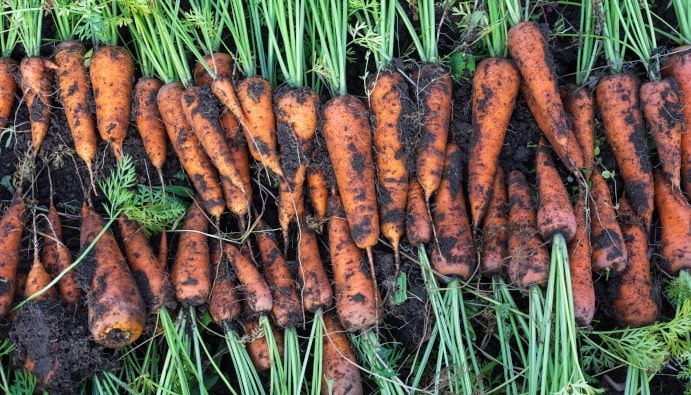Residue Analysis in Foods
Consumption of pesticides (pesticides) in our country is increasing gradually, both as active substances and preparations. Although it is still at low levels compared to developed countries, the region where pesticides are used most intensively is the Mediterranean and Aegean Regions, where greenhouse cultivation is intense. Two-thirds of total pesticide consumption is in these regions. Considering the characteristics of these pesticides used, most of them carry risks in terms of human and environmental health.Pesticides are chemical substances or mixtures of substances that are used to repel these living things with the aim of preventing, destroying or reducing the effects of living things that harm humans, plants or animals. Pesticides include disinfectants, fungicides, insecticides and fish baits used every day. It also includes some chemicals used against organisms that damage agricultural products. While only five percent of the pesticides used reach the target organism, 95 percent of them reach the soil and natural ecosystems. In this way, they appear before people as chemical pollutants.
Within the scope of residue analysis, many different analyzes are carried out. A few of them can be counted as follows:
• Determination of melamine
• Determination of PAHs (benzo (A) pyrene chrycene, benzo (B) fluoranthene, benzo (A) anthracene)
• Determination of pesticides
• Determination of residue in fresh fruits, vegetables and similar products with high water content
• Determination of residue in coffee and coffee bean
• Determination of residue in dairy products
• Residue determination in products with high starch and/or protein and low water and oil content


